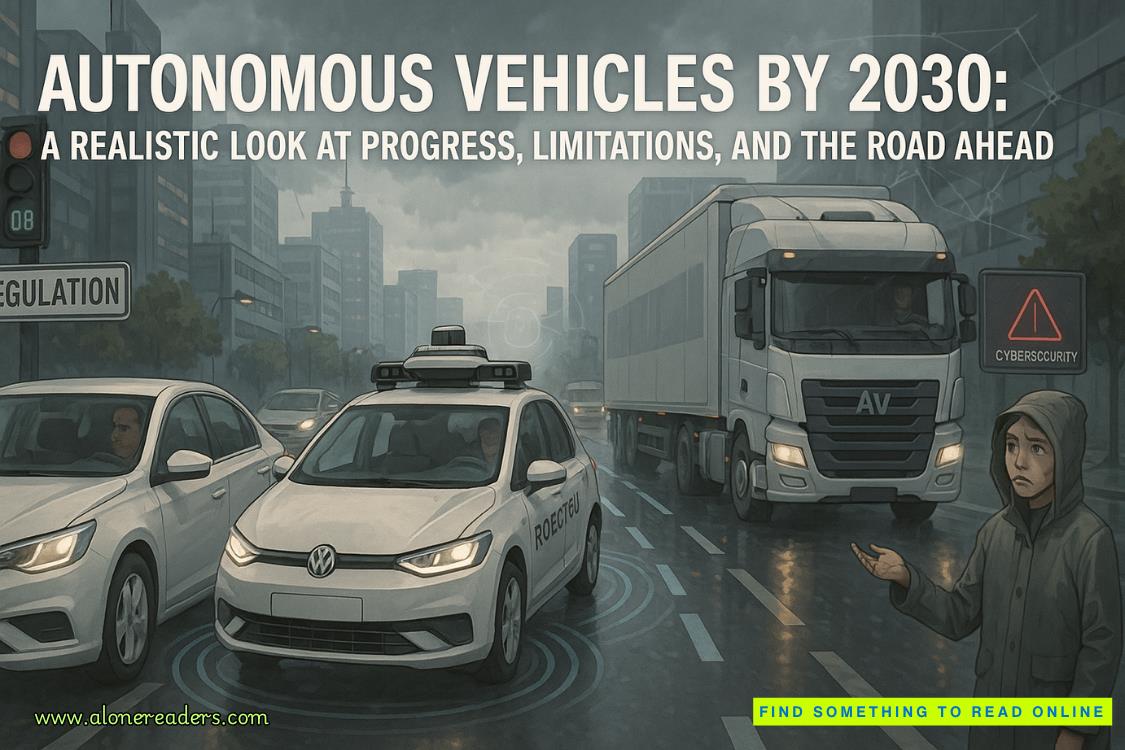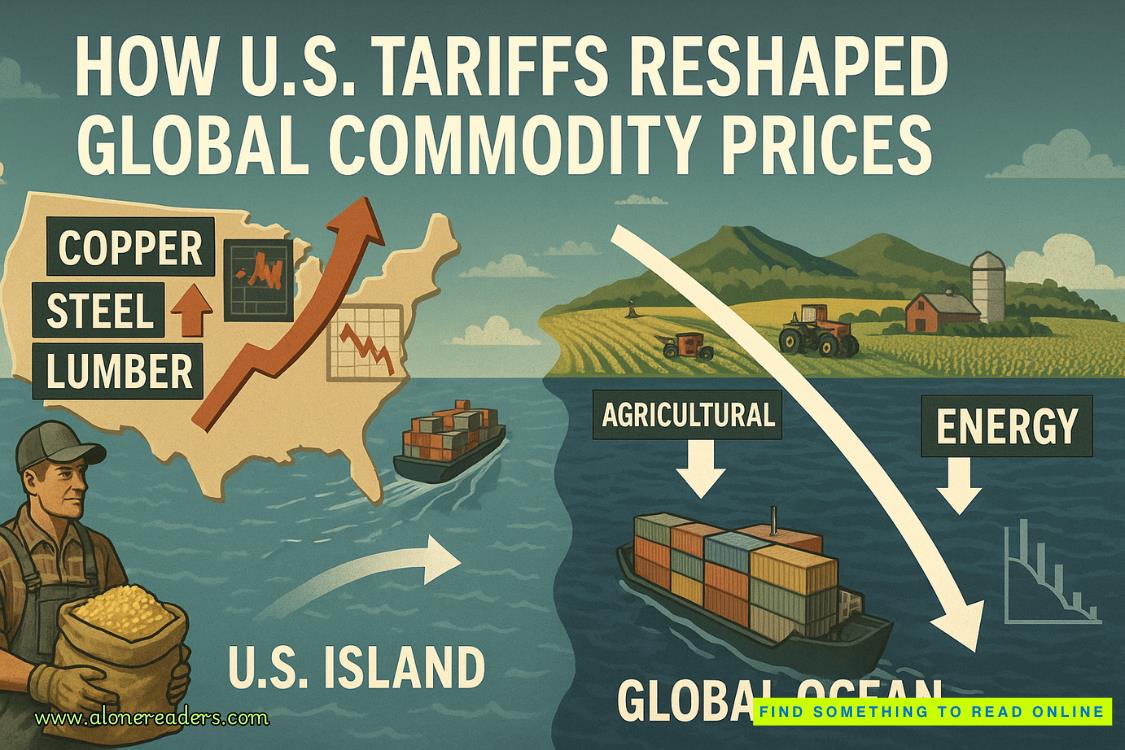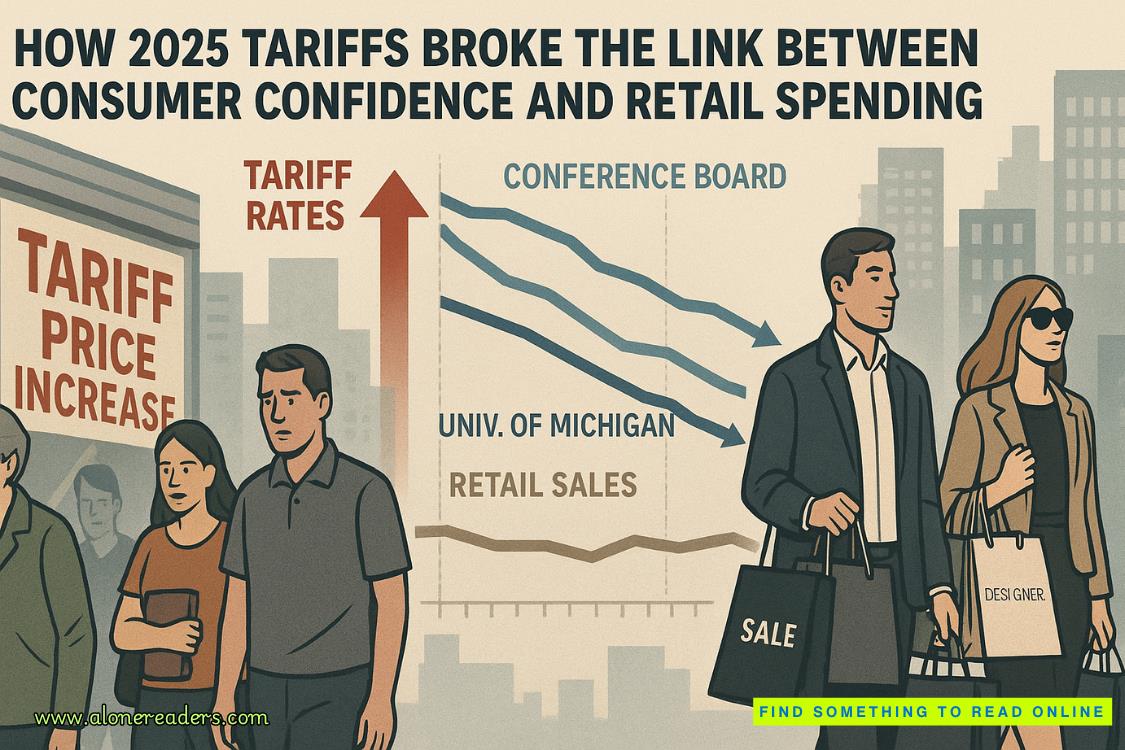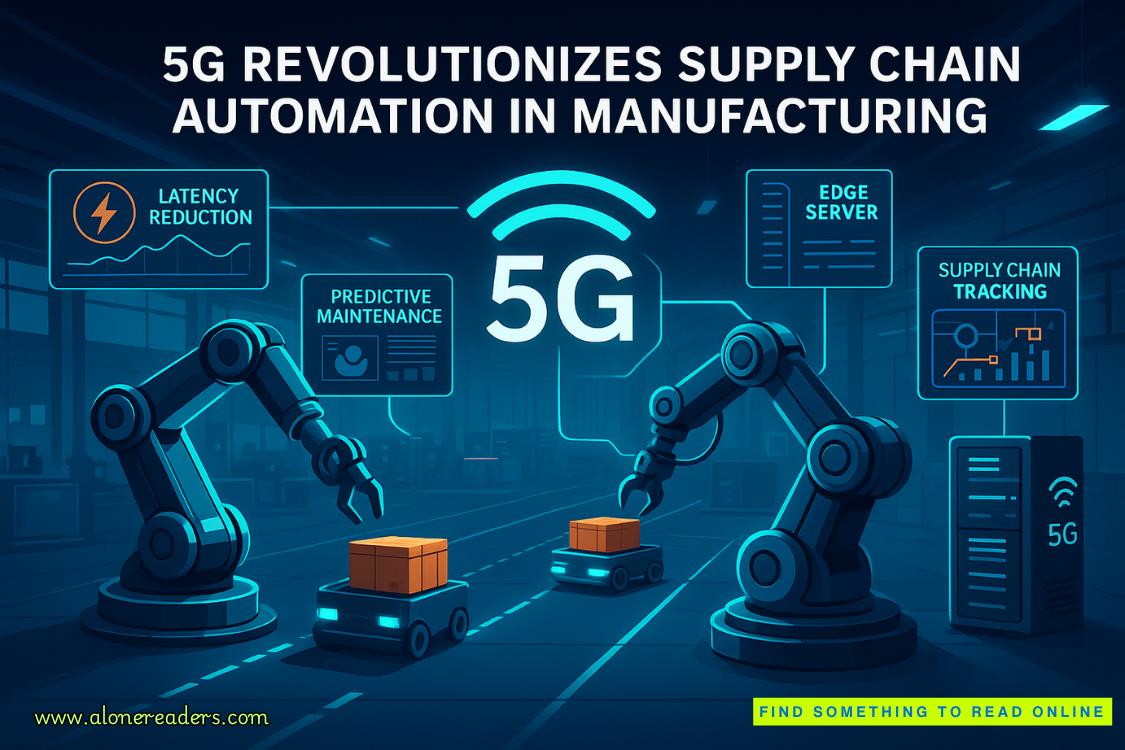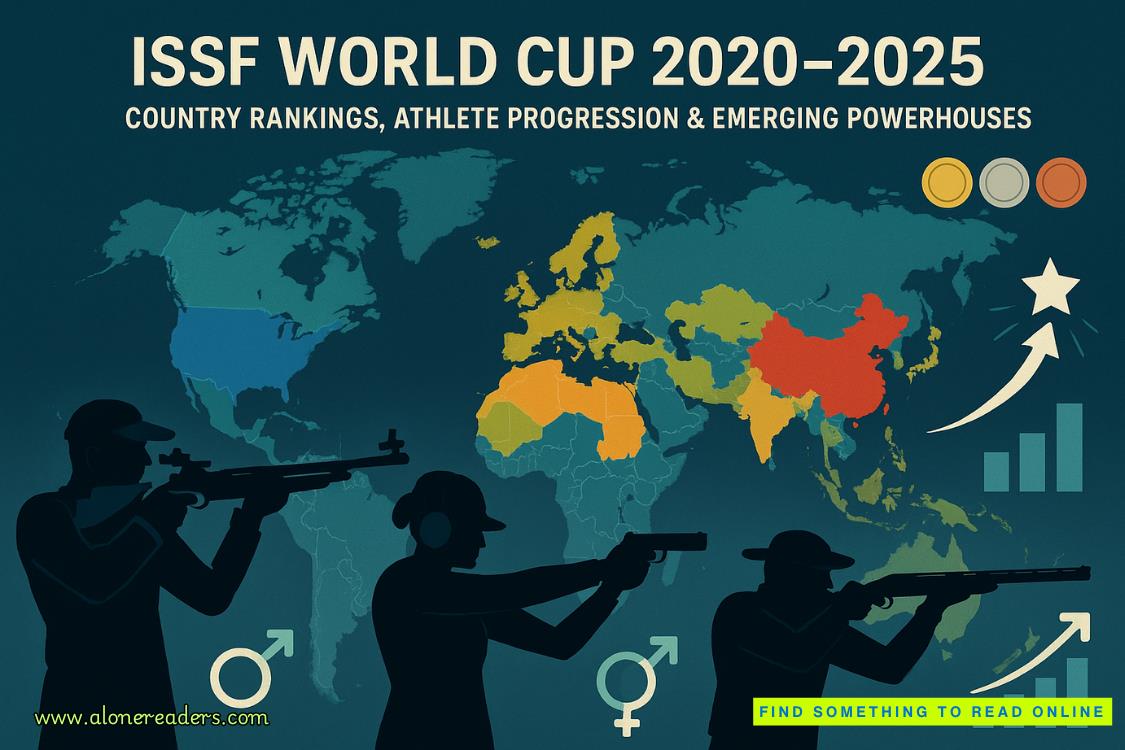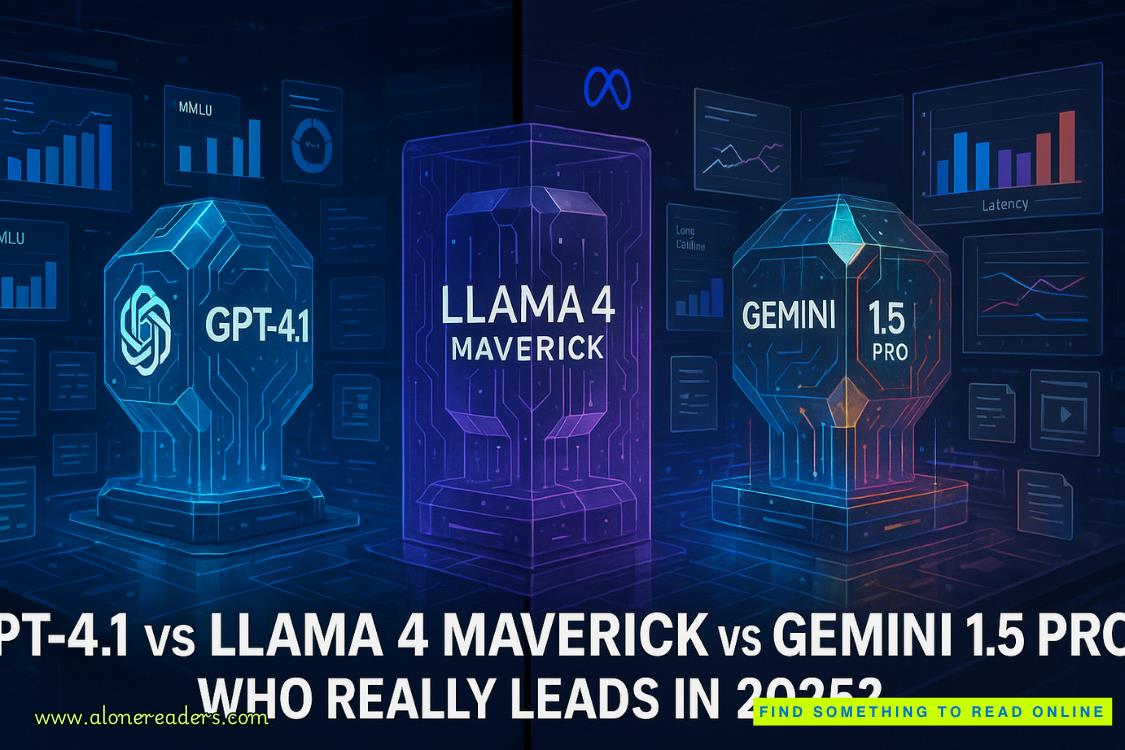Page 62 of Protected By My Best Friend's Brother
“How bad is it?” I ask, reaching for the tablet she’s clutching. The screen displays a mess of error codes and flashing warnings—the digital equivalent of a five-alarm fire.
“Bad.” She slides closer, pointing to cascading failure notices across the test environment. “See these protocol mismatches? The legacy system can’t interpret our sustainability parameters because they speak different languages.” She scrolls to another screen of errors. “We’d need to rebuild the interface completely, which would push us months behind Brighton’s implementation timeline. Unless...”
“Unless?” I prompt her when she trails off, recognizing the gleam in her eye. That sparkle appears when she’s about to suggest something others might call impractical but inevitably turns out to be brilliant.
She bites her lip, an expression I’ve come to love. “I have an idea. But it’s a little crazy.”
“Those are usually your best ones.” I reach for her hand, loving that I can do this now—that I don’t have to maintain professional distance or pretend I’m not completely captivated by how her mind works. “Tell me.”
“What if,” she says, threading our fingers together, her skin warm against mine, “we rebuild their trust instead of rebuilding the interface? Show them we understand their business better than any fancy AI ever could. That we’re not just selling them technology—we’re investing in their future?”
“I’m listening.” I can almost see the wheels turning in her mind, the same way they did when she first explained Project Phoenix.
“We go old school. Spend a week in their manufacturing plant, learning their processes firsthand. Map every workflow, talk to every shift supervisor, and understand why they built their systems this way.” Her words come faster now, enthusiasm building. “Then we customize our sustainability integration around their actual needs, not just what looks good in a PowerPoint.”
“That would mean delaying full implementation,” I muse, mentally calculating the impact on our timelines, but I’m already seeing where she’s going with this. The beauty of it. The human element that Brighton’s approach completely misses. “Pushing back our efficiency projections.”
“But we’d be building something that truly works for them,” she finishes. “Something that preserves their institutional knowledge while bringing them into the future. Something Brighton’s one-size-fits-all AI can’t match.”
It’s brilliant—risky but brilliant. The kind of innovative thinking that first made me fall in love with her keeps making me fall deeper every day. This is Emma at her best: seeing the human element in technical problems and understanding that true sustainability isn’t just about metrics but about people and processes working in harmony.
“The board will hate it,” I warn, but I’m smiling. “Garrett’s still recovering from how well we handled the gala situation. He nearly choked on his coffee when the Johnsons called, specifically asking for you by name.”
“The board hates everything that isn’t from 1985,” she counters, rolling her eyes. “But the Johnsons built their company on handshake deals and personal relationships. Their sustainability initiative started because the CEO’sgranddaughter did a science project on carbon footprints.” She leans forward, tapping the tablet screen for emphasis. “Showing we’re willing to get our hands dirty to understand their business from the ground up? That’s worth more than any tech demo Brighton can offer.”
She’s right. Of course, she’s right. I think about how Mr. Johnson lit up at the gala when Emma explained her color-coding system and how Mrs. Johnson recognized the value of institutional knowledge. Brighton might have flashier technology, but he’s never understood the power of connection—the human element that makes innovation meaningful.
And suddenly, Brighton’s job offer seems almost laughable. As if a corner office could compete with what we’re building here.
“Speaking of Brighton,” I pull her closer until she’s standing between my knees, my hands resting lightly on her hips, “I assume you’ve seen their latest attempt to poach you?”
“You mean the very convenient job offer that arrived right when we hit a major technical hurdle?” She rolls her eyes, but I catch the flash of pride that crosses her face at being so aggressively recruited. “Clara’s getting predictable. Let me guess—it landed in your inbox, too? A courtesy copy to the CEO she’s trying to undermine?”
“Complete with a personal note about what a shame it would be to lose such talent over ‘avoidable technical complications.’” I shake my head, remembering Clara’s calculated words. “Corner office overlooking Central Park,” I tease. “Complete creative control.”
“I have something better here.” She rises on tiptoes to kiss me softly, her lips warm against mine. “A partner who understands that sometimes innovation means getting your hands dirty.”
My laugh rumbles through both of us. “Is that a hint about your next revolutionary idea?”
“Very perceptive, Mr. Walker.” She pokes my chest. “Now, will you help me convince the board that my unconventional approach to manufacturing processes is transformative? Or do I need to start practicing my ‘I told you so’ for when Brighton’s pre-packaged AI solution crashes and burns?”
“Only if you explain exactly what you’re getting me into this time,” I counter, though we both know I’m already convinced. When she gets that gleam in her eye—half determination, half mischief—I’d follow her into just about anything.
Her tablet chimes with an urgent alert, the sound cutting through our moment. She glances at it, eyes widening as she scans the new information. “The integration error is cascading through their test systems faster than anticipated. If we don’t decide on my idea in the next hour, we’ll lose access to their entire production database. Three factories’ worth of sustainability data, gone.”
Just like that, we’re back in crisis mode. But now, it feels more like an adventure than a disaster. Every challenge is something we tackle together rather than obstacles that might drive us apart.
“Okay, partner.” I steal one more kiss. “Walk me through exactly what you need to make this work.”
She takes a deep breath, squaring her shoulders as she does before presenting a challenging idea. “You will not like it.”
“When do I ever?”
“I need you to convince the board to let me completely halt implementation for a week while we start over from scratch. Right after they admitted we were right about the gala approach.” She ticks off points on her fingers. “I need authorization to bring in a specialized team from R&D who understands legacy systems. And I need an additional budget for on-site infrastructure during the plant visits.”
“That’s ambitious.”
“And I need you to come to the manufacturing plant with me.” Her voice softens slightly. “Not as Lucas Walker, the CEO with the perfect suits and corner office, but as my partner. Learning the systems, talking to the workers, getting grease on your fancy suits. Showing the Johnsons that we’re all in on their sustainable future.”

